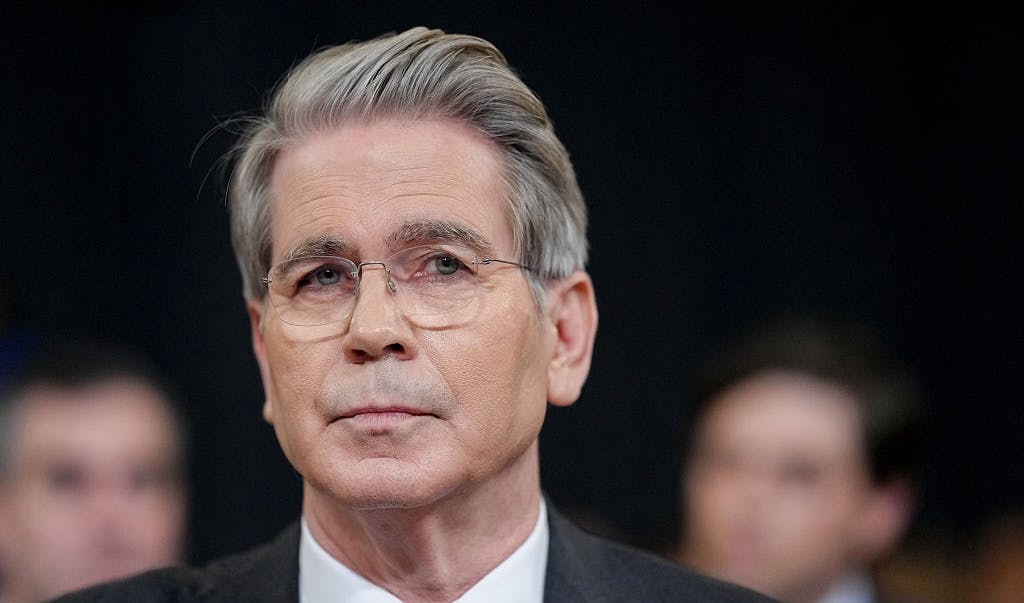Death by a thousand cuts: How Trump can contain China


Last week, Chinese Communist leader Xi Jinping turned down President Trump’s invitation to his second inauguration.
It is easy to understand why. Trump is returning to office pledging to deal with a huge China problem of Xi’s making. An incessant military buildup. Staggering theft of our intellectual property and technology. Predatory trade practices. Corruption of our institutions. Chemical warfare via fentanyl that’s killing hundreds of thousands of our countrymen.
Some of Beijing’s aggressive actions require massive, expensive countermeasures. Others can be handled cheaply, sometimes at no taxpayer cost.
China won’t play by international norms. The Chinese Communist Party is vulnerable to death by a thousand cuts.
In combination with other actions large and small, the United States will send Beijing a relentless message.
Selecting, inflicting, and repeating those thousand cuts require lateral thinking to help us develop mindsets that, in all our dealings with China, will help squeeze the CCP of revenue at every corner.
The thousand cuts can overwhelm the CCP with swarms of relatively small counterattacks, none of which is necessarily aggressive and few of which have much significance of their own.
One of those thousand cuts was when Trump pressured many American universities to shut down the CCP’s Confucius Institutes, believed to have been used to assess, compromise, and recruit Americans to act as spies. With pinpoint precision, his China Initiative targeted academics and researchers aiding the CCP. He imposed narrow tariffs on Chinese solar panel component manufacturers that damaged U.S. companies and blocked certain CCP-related investments.
If Trump resumes his thousand cuts and combines it with Making America Healthy Again, he can protect the public from ingesting Chinese-made chemicals while costing China billions more in American trade.
Trump has already threatened to impose an additional 10% tariff on Chinese products until the country’s leaders work to stop the fentanyl that continues getting trafficked over America’s borders. But the problem extends far beyond that.
Half of the Chinese male population is smoking itself to death with cheap cigarettes. This is a huge source of income for the central government, about 7% of the CCP’s annual budget — roughly equal to its official $214 billion military budget. But that’s China’s problem. It isn’t ours. The electronic substitute for smoking, on the other hand, is very much our problem.
The CCP actively discourages its own citizens from vaping. E-cigarettes aren’t popular in China, and the regime outlaws all flavors except tobacco. Meanwhile, China floods the American market with these illicit vaping products.
This hits American companies twice. They can’t compete with the cheap Chinese imports here at home. They can’t compete in China because the regime slaps a 36% tariff on foreign vape products. On top of that are the CCP’s impenetrable regulations and other non-tariff barriers that keep American products out.
But we’re not talking about opportunities for American vaping companies. We’re talking about squeezing the CCP, pinprick by pinprick.
The American vaping market is $7 billion a year and growing. Most of that market is from cheap Chinese products, and most of those products are illicit. Real figures are elusive, but it’s safe to say that Americans pump at least $5 billion a year into communist China to support their vaping habit. The Bureau of Alcohol, Tobacco, Firearms and Explosives would be the logical place to look, but ATF seems fixated on firearms and gives the CCP a free hand in flooding us with vapes.
China has saturated our market with unhealthy and mostly illicit or illegal e-cigarette exports. It effectively bars U.S. companies from the Chinese market. It poisons Americans with flavored carcinogens that the CCP won’t allow its own people to consume. From this one practice, it rakes in $5 billion a year.
Time to cut off the cash.
Unfortunately, in our quest to hold the Chinese accountable, we are frequently our own worst enemy. A patent dispute currently pending before Biden’s International Trade Commission could potentially gift China an even greater share of the U.S. vaping market by removing some of its U.S. competition. This, of course, would be a huge mistake. If we hope to confront our strategic adversaries, we must take a lateral, whole-of-government approach and consider the potential strategic consequences of each action.
A DOGE-minded approach of reciprocity with China would do one of two things. It will be a huge shot in the arm for the American vaping industry, which is not a national security issue. Or, more importantly, it would shut down an injection point of Chinese chemical warfare against American consumers and choke off billions a year from CCP-controlled interests.
In combination with other actions large and small, the United States will send Beijing a relentless message: We will inflict on you a thousand cuts, in billion-dollar pinpricks, until you change your behavior.
Originally Published at Daily Wire, Daily Signal, or The Blaze
What's Your Reaction?
 Like
0
Like
0
 Dislike
0
Dislike
0
 Love
0
Love
0
 Funny
0
Funny
0
 Angry
0
Angry
0
 Sad
0
Sad
0
 Wow
0
Wow
0













































































